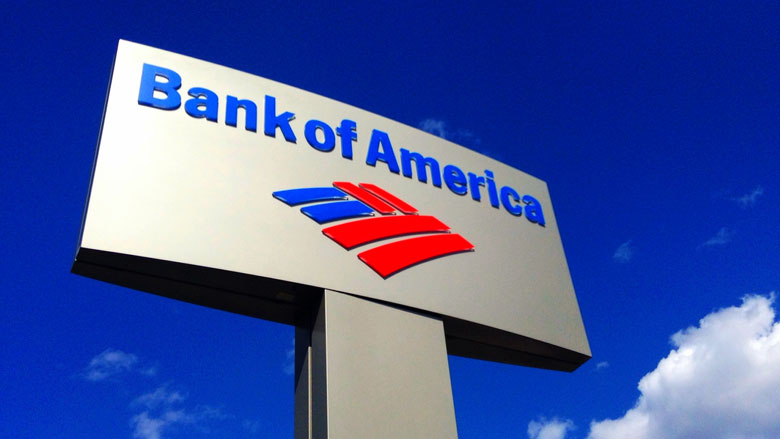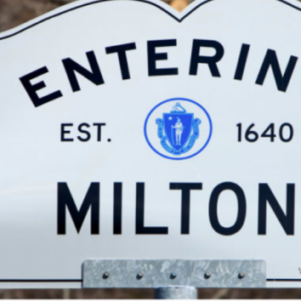Federal regulators: Living wills submitted by 5 big banks ‘not credible’
By CNS News | April 21, 2016, 6:24 EDT
 (Courtesy of Flickr)
(Courtesy of Flickr) (CNSNews.com) – Banking regulators at the Federal Reserve and the Federal Deposit Insurance Corporation (FDIC) warned five of the nation’s eight largest banks last week that their “living wills” are “not credible.”
A “living will” – a bank’s plan to wind down its affairs in an orderly fashion in case it fails – is required by law under Section 165(d) of the 2010 Dodd-Frank Wall Street Reform and Consumer Protection Act.
“For five firms – Bank of America, Bank of New York Mellon, JP Morgan Chase (JPMC), State Street, and Wells Fargo – the agencies have jointly determined that the plans are not credible or would not facilitate an orderly resolution under bankruptcy,” FDIC chairman Martin Gruenberg said in anApril 13 statement.
“The actions the FDIC and the Federal Reserve are announcing today are a significant step forward in the use of the living will authority to require systematically important financial institutions to demonstrate they can fail in an orderly way under bankruptcy at no cost to taxpayers,” Gruenberg added.
All five banks, which were bailed out by the U.S. Treasury during the 2008 financial crisis, are listed on the Financial Stability Board’s 2015 list of “global systemically important banks (GSIBs).
The five banks were given an October 1 deadline to address the shortcomings identified in their living wills or be subject to “more stringent capital, leverage, or liquidity requirements, as well as restrictions on growth, activities, or operations of the firm, or its subsidiaries,” according to anApril 13 press release by the Federal Reserve’s Board of Governors.
In its April 12 letter to JPMC president Jamie Dimon, Robert deV. Frierson, secretary of the Board of Governors of the Federal Reserve System, and FDIC executive secretary Robert Feldman warned the head of the nation’s largest bank that if the deficiencies they identified are not corrected, they “could pose serious adverse effects to the financial stability of the United States.”
“How could one bank, even one as big and global as JPMorgan Chase, bring down the whole financial stability of the United States? Because, as the U.S. Treasury’s Office of Financial Research (OFR) has explained in detail and plotted in pictures, five big banks in the U.S. have high contagion risk to each other,” Pam and Russ Martens wrote in Wall Street on Parade.
“Which bank poses the highest contagion risk? JPMorgan Chase.”
“The goal to end too big to fail and protect the American taxpayer by ending bailouts remains just that: only a goal,” FDIC vice chairman Thomas Hoenig acknowledged in a statement he made at the agency’s April 13 board meeting.
Hoenig pointed out that the GSIBs “control assets equivalent to 60 percent of GDP,” and that the value of their derivatives “was approximately $50 trillion at yearend 2015, about a 30 percent increase over their level at the start of the [2008] crisis….
“If one highly leveraged GSIB were to fail, other also highly leveraged GSIBs immediately would become suspect in their ability to withstand the shock,” he warned. “Too easily one failure could become a systemic crisis.”
— Written by Barbara Hollingsworth











